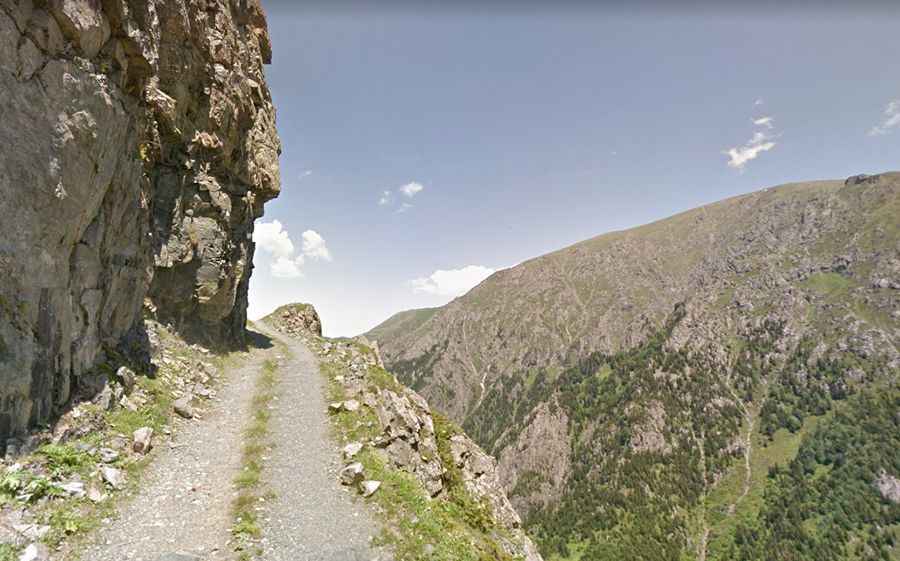Conquering the D915 (Bayburt-Of): Turkey's Most Extreme Road
The D915 is one of the world's most challenging roads. Located between the Black Sea and the Northeast Anatolia regions of Turkey, it is known for its dangerous terrain. Only experienced drivers should attempt this route, as any mistake can have serious consequences.

How long is D915 (Bayburt-Of Road) in Turkey?
The D915 stretches 106 km (65 miles) from Bayburt to Of, a coastal town in Trabzon Province. It features 38 sharp hairpin turns and serves as a key route for locals, attracting a range of vehicles from lorries to motorbikes. It is advisable only for experienced drivers.
Is D915 (Bayburt-Of Road) in Turkey open?
The road, which includes several mountain passes like Soganli Geçidi at 2,330 m (7,644 ft) above sea level, is often closed from late October to late June or early July due to snow.
When was the D915 (Bayburt-Of Road) in Turkey built?
Located in the northeastern region of Turkey, this daunting gravel road was built in 1916 by Russian soldiers, following the success of the Trebizond Campaign — a series of operations resulting in Trabzon's capture.
Is D915 (Bayburt-Of Road) in Turkey dangerous?
The D915 is mostly unpaved, with some asphalt sections at the start and end. The road is narrow, with numerous turns and dangerous drop-offs. Certain segments, particularly the ones that spiral down cliffs, can be especially treacherous, making them daunting for those susceptible to vertigo.
What can I expect on the D915 (Bayburt-Of Road)?
The D915 has significant risks. Many drivers and cyclists have had close calls or worse. Tourists looking for an adrenaline rush are drawn to this road, but safety should always be the priority. Bad weather can increase the danger, so it is essential to monitor conditions and avoid the road during adverse weather. Heavy trucks, large vehicles, and unpredictable weather, such as fog or rain, add to the challenges. Parts of the road might erode or become blocked by fallen rocks. During rain, the route can become muddy and slippery. Areas like Derebaşı Tesisleri, considered the most perilous, are frequently blanketed by snow and fog.
Is the D915 (Bayburt-Of Road) in Turkey worth it?
The highlight of the D915, near Çaykara, is known as Derebaşı Turns. This 5.1 km (3.2 mi) stretch has 13 steep hairpin turns, rising from 1,712 m (5,617 ft) to 2,035 m (6,677 ft) above sea level. With gradients up to 17%, this drive is dangerous but offers breathtaking mountain views for those who dare to take it on.